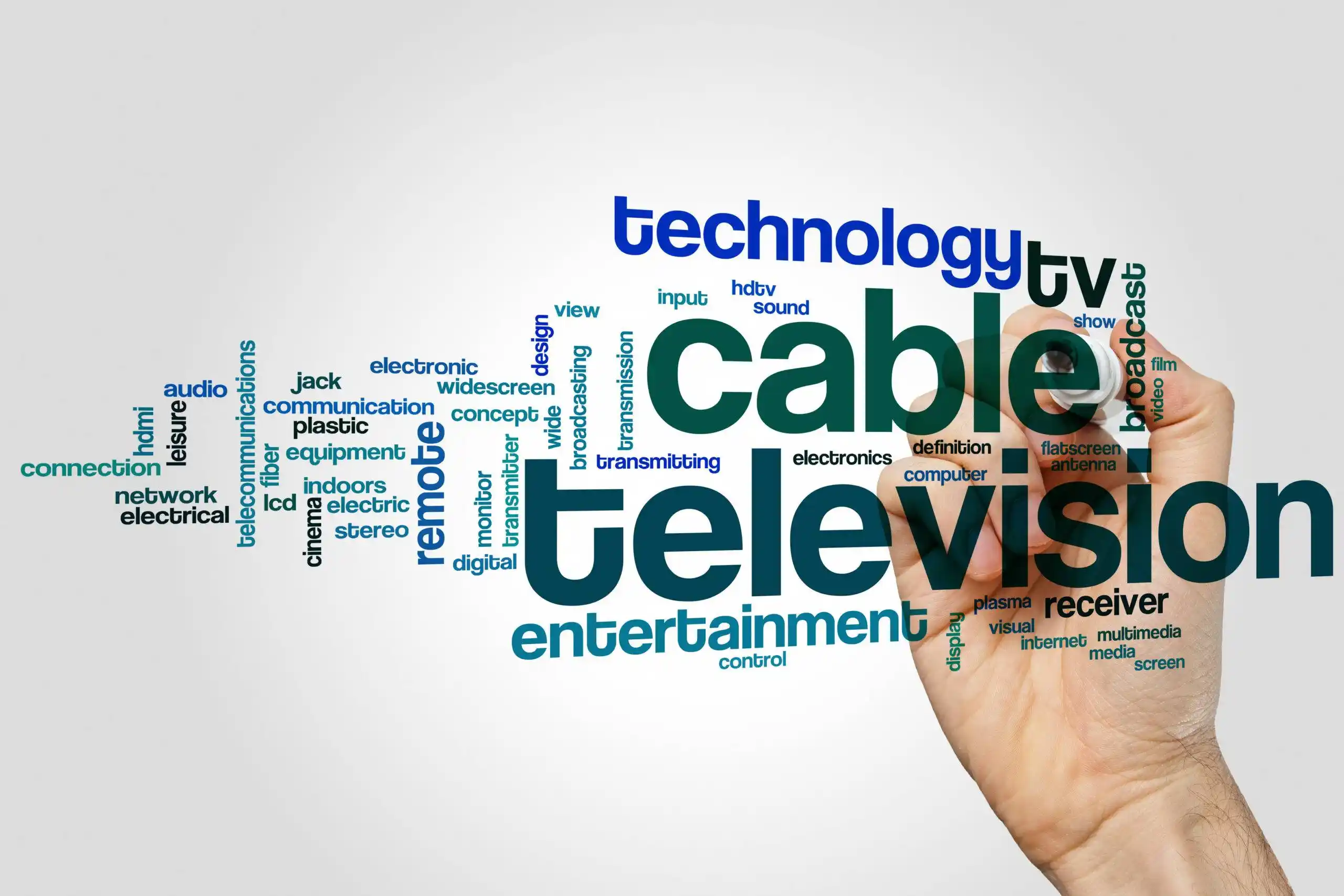It’s been a few years since video streaming platforms have dominated the digital content market. Netflix, Amazon Prime, Disney+, Youtube and Hulu are some streaming service providers who have become so synonymous with OTT that they are the first to be referenced when anyone mentions the word ‘OTT buzzwords’. But in reality, the OTT landscape has an enormous glossary of terms which are critical in understanding the industry altogether. So here is a list of 10 OTT buzzwords you ought to know in OTT today:
Table of Contents
OTT
OTT or ‘over-the-top’ services, in very simple words implies to literally go “over” the traditional cable or satellite programming by giving users access to TV and film content with the help of devices that connect to both the internet and television. In brief, here is what the larger OTT ecosphere includes:
1. OTT app
2. OTT Infrastructure
3. OTT Platform
4. OTT Streaming
Source: https://firstlight.ai/ott-meaning-glossary-terms/
End to End
The term ‘end-to-end’ is a usual saying by technical service providers in the marketplace. It is touted as a complete solution package for the development of a video streaming service. Generally, end-to-end solutions offer a comprehensive system that keeps pace with a business’s ever-changing IT infrastructure requirements. An end-to-end solution streamlines the workflow for each area of a business which enables the client to get an overview of their business as a whole.
Multi-platform
In simple words, ‘multi-platform’ implies that your video-on-demand streaming service works on different devices simultaneously in some form. Multi-platform TV frees up bandwidth and isn’t reliant on a constant feed. At Enveu, we have the experience and expertise to leverage your online content by dispersing it seamlessly to multi-platform apps. Know more!
Content Delivery Network (CDN)
Content Delivery Network stores or caches the various video streams which are packaged for each device format. From there it is streamed on-demand to connected user devices. As the userbase increases, the CDN in the content distribution infrastructure needs to scale simultaneously.
Packaging
Packaging is the conversion of a video or audio file into a format that is specifically optimized for a given playback device such as a set-top-box, mobile, connected TV, PC, game console etc. Packaging is believed to be one of the most vital parts of video content workflow.
Video on Demand (VOD)
This refers to pre-recorded digital video assets that are available for streaming (as opposed to a live streaming video). VOD doesn’t have the constraints of a typical broadcasting schedule or traditional video playback devices. This makes VOD a controlled consumption by the user once the content is published. On further breakdown, VOD is further classified into 4 categories based on its monetization channels. These include:
1. SVOD (Subscription Video On-Demand)
2. AVOD (Advertising Video On-Demand)
3. TVOD (Transactional Video On-Demand)
4. PVOD (Premium Video On-Demand)
Read here to know how you can monetize your video content.
Multichannel Video Programming Distributor (MVPD)
MVPD is a service that distributes or provides multiple TV channels. Providers in the US such as AT&T, Comcast, DISH, Direct TV and Verizon operate on an MVPD model by providing several TV channels in a package that a customer subscribes to.
Virtual Multichannel Video Programming Distributor (vMVPD)
Virtual MVPD services allow the viewer to watch live TV channels through the internet. A prime example of vMVPD is Youtube TV. Content is funnelled on Youtube TV from broadcast networks such as ABC, NBC, Fox, CBS, MSNBC, CNN etc and streamed for viewers.
Content Management System (CMS)
When it comes to OTT streaming, CMS is a system of technologies or processes used to host, manage and publish an online video. These are specifically designed to help content creators better manage, store and distribute their video assets. A CMS ideally streamlines video processing by integrating a central repository with specialized features to schedule, publish and monetize content.
Digital Rights Management (DRM)
DRM basically encapsulates data security in the digital space. DRM ensures the protection of copyrighted material for digital media. It includes the use of technologies that limit the possibility of copying content or replicating proprietary software and other copyrighted works. In video streaming, a DRM system uses encryption to protect the video content.
At the end of the day, it serves well to know that OTT is one of the most fundamental advances to disrupt the entire distribution landscape. It is here to stay and with the kind of inventive technology it is giving rise to, the list of OTT buzzwords will only get longer.
Need an expert guide in launching your OTT streaming platform? Contact Enveu right now.
